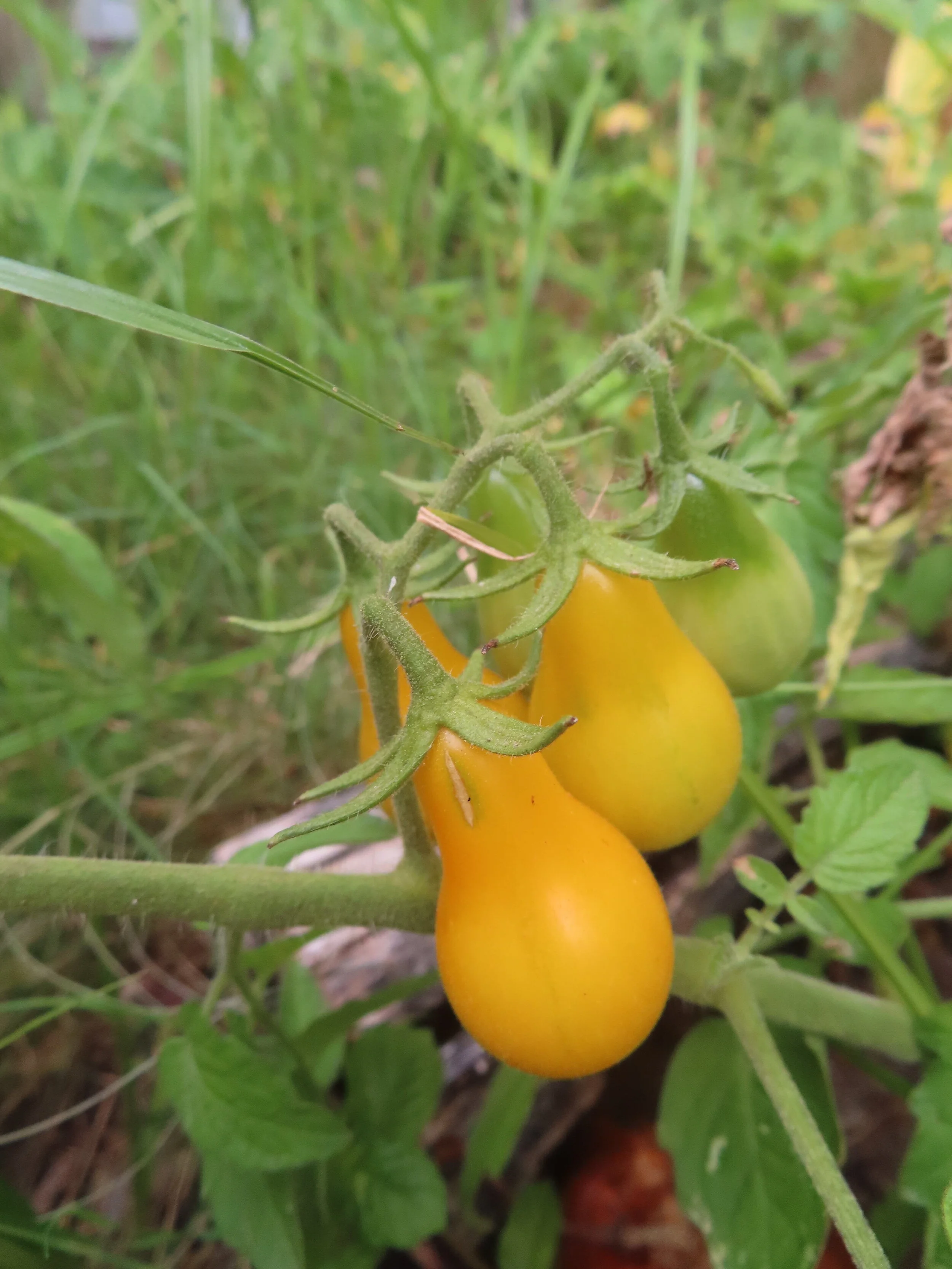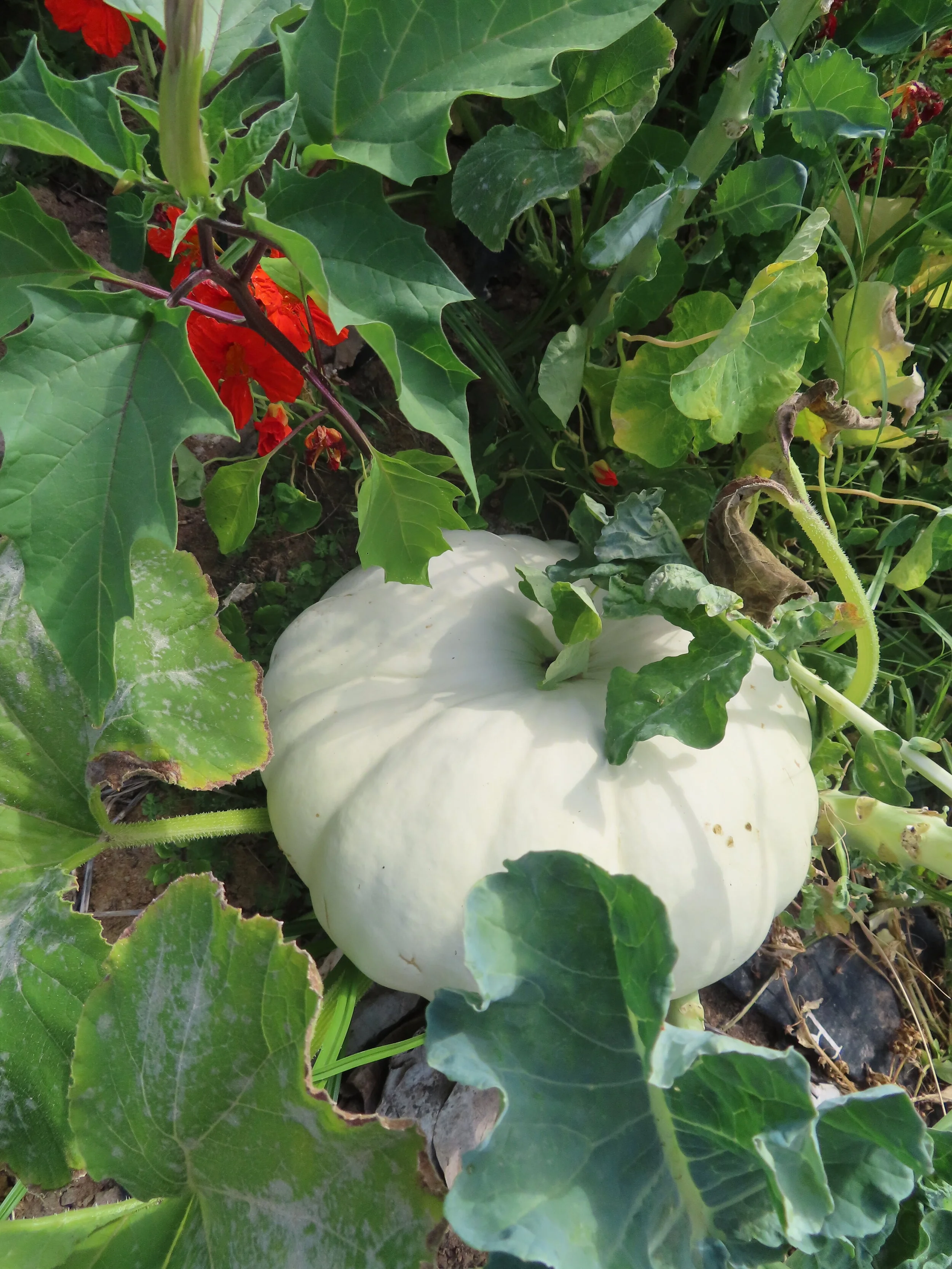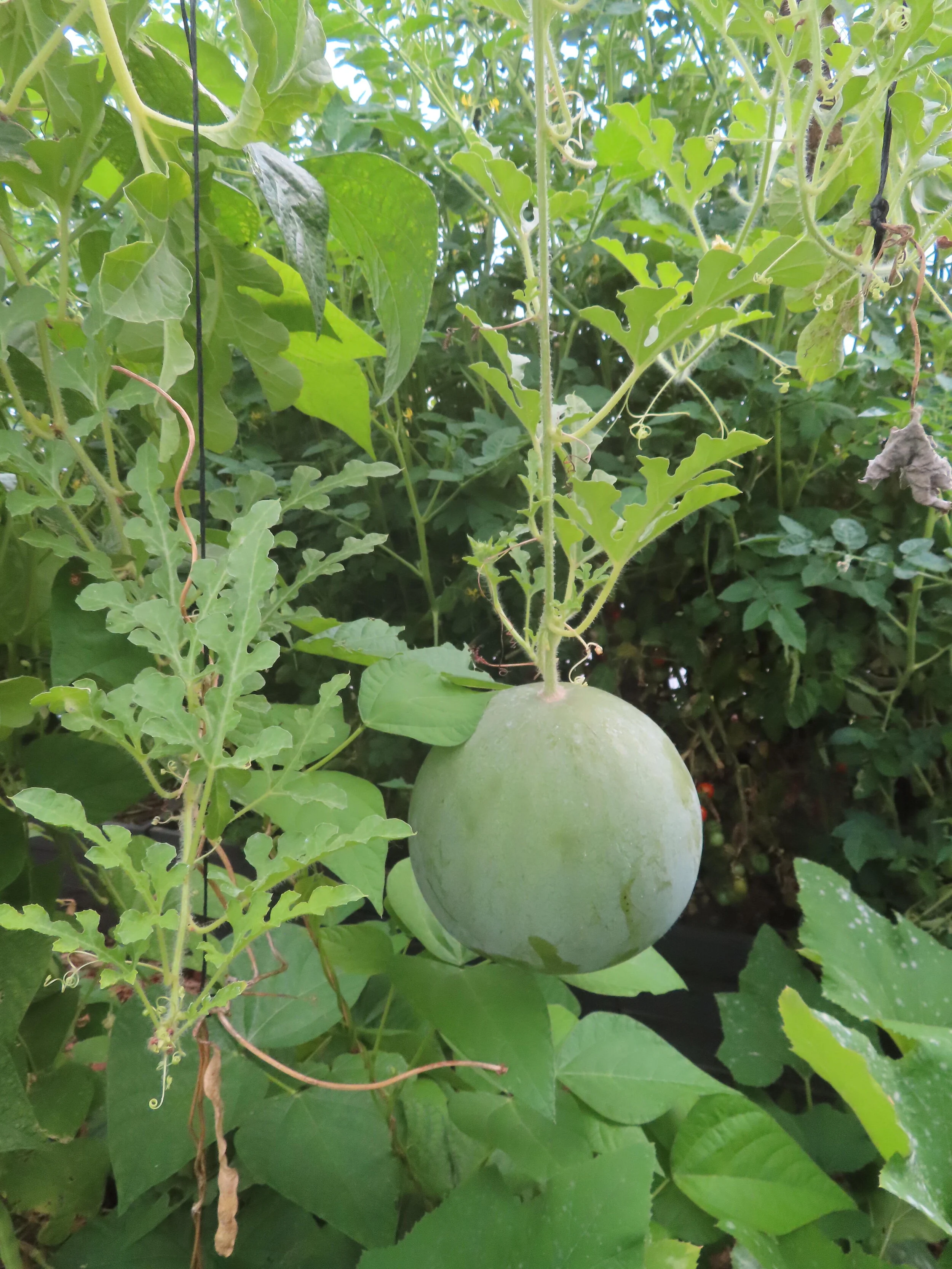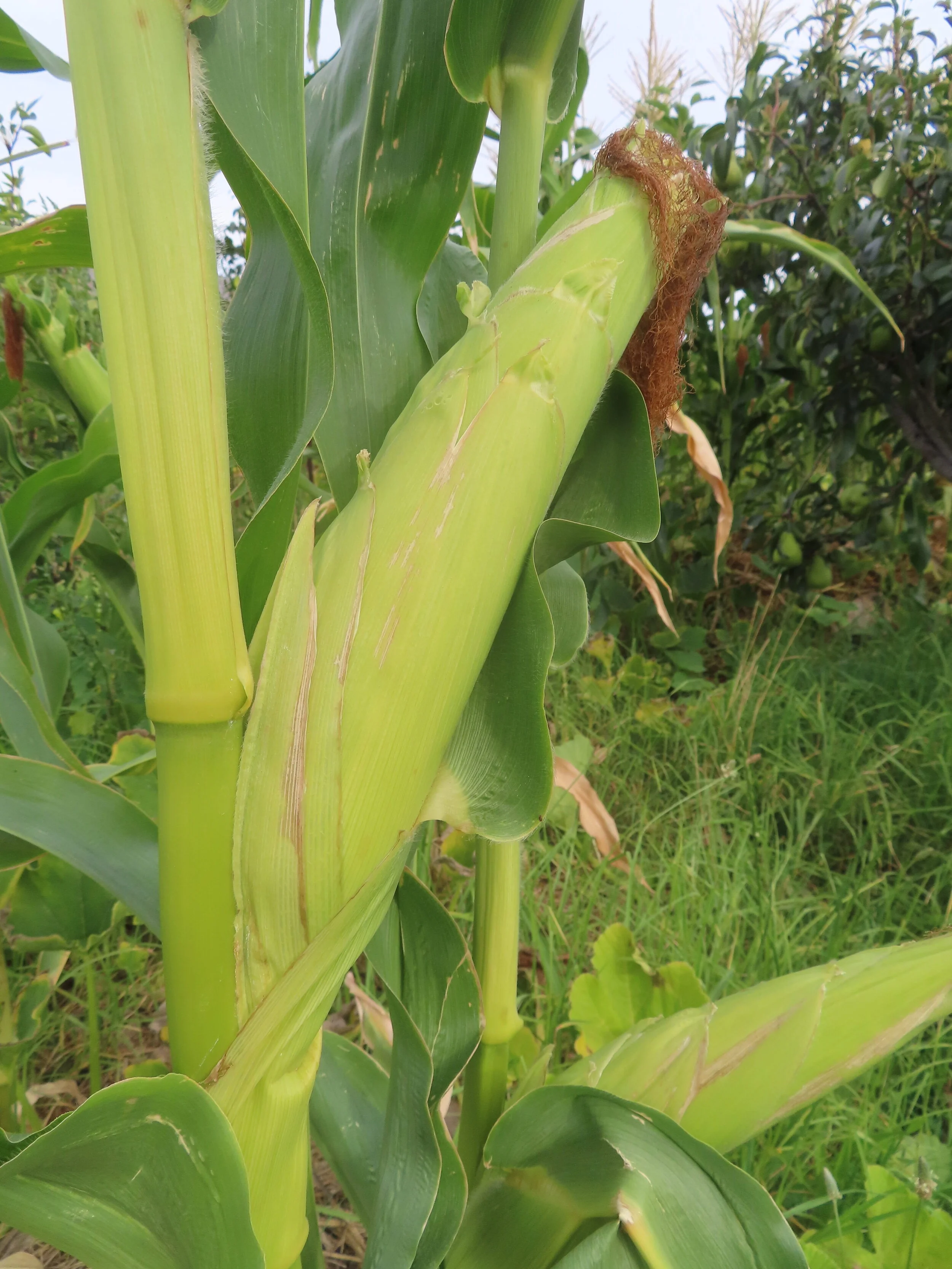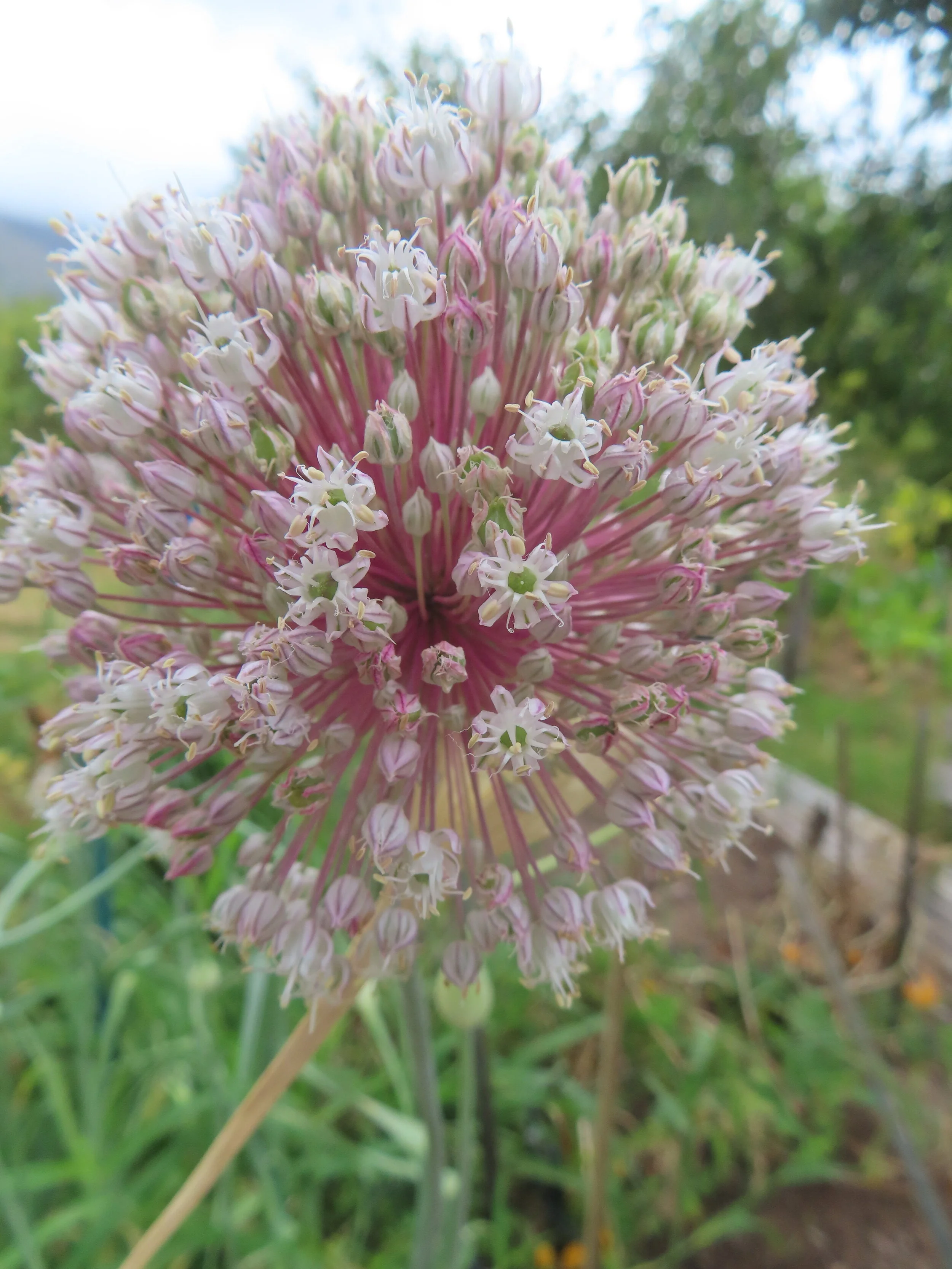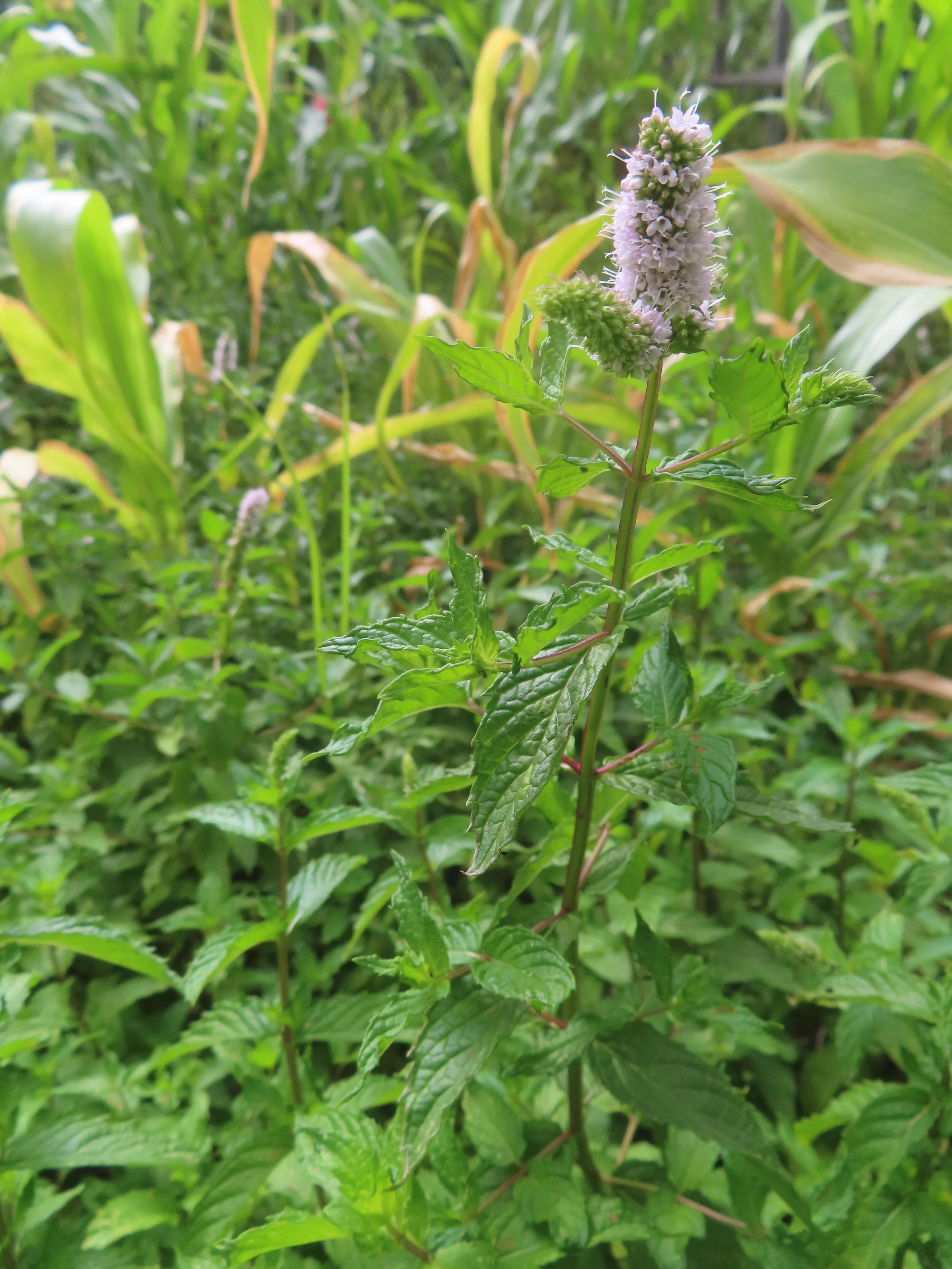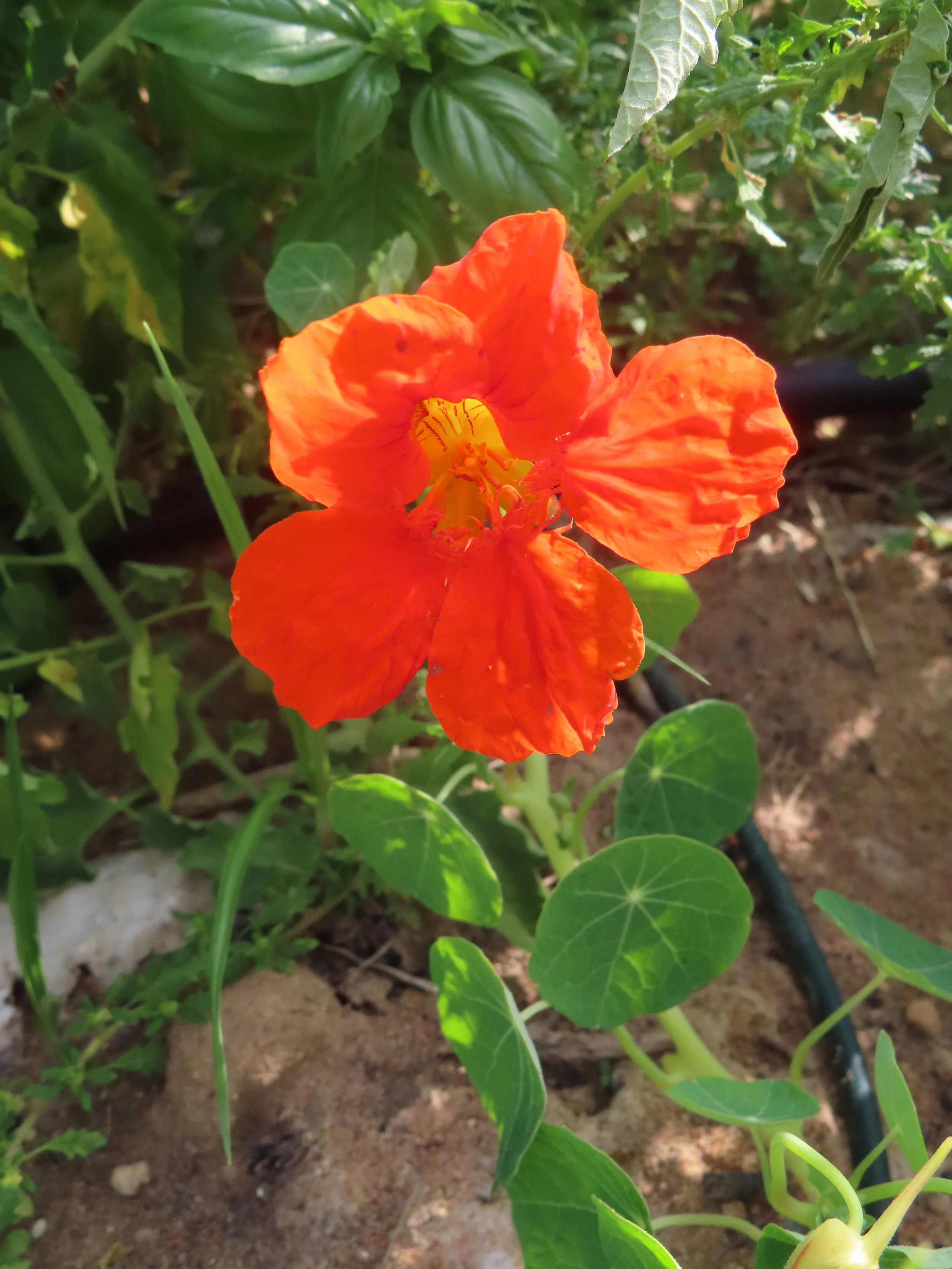Everything starts within the ground
The Biosphere Greenhouse and Food Garden host a multitude of practices in growing vegetables, herbs, and flowers as well as compost production. It is a hands-on educational environment for young and old alike. CWBR facilitates workshops at the Biosphere Hub, installs, and assist in existing vegetable gardens at visited locations. Taking into consideration the positive aspects and limitations of each individual space utilizing it to a fullest potential. The practice of growing one’s own food is learned through practical involvement from getting the soil ready, planting, and shared knowledge in caring for the garden.
The Biosphere Hub garden is looked after by visiting volunteers and is overseen by the Biosphere core team.
“We as volunteers are working in different areas in the garden. From planting seeds in the green house to replanting the seedling on the patches around the garden. During the summer month, the garden comes to a point where we can start harvesting the vegetables.” #foodlovers
A brief summary of some practices in the CWBR Food Garden
The Greenhouse. The infrastructure and design of the greenhouse provides an ideal space to produce a vast amount of seedlings throughout the year with a semi-controlled environment. Currently, the space is also housing a jungle of vegetables and herbs that flourish due to the conditions. At the moment the CWBR greenhouse is bursting with spinach, cucumbers, melons, tomatoes, corn, and herbs.
Wormery for fertilizer. Selected food waste, hay, horse dung, and lots of worms covered in cardboard in an enclosed environment (such as a wooden crate) creates an environment where worms can reproduce and break down the waste to fertile soil. Installing a tap in the worm box to collect a liquid from the worms brings great benefits to the garden. Organic produce. The bi-product, worm leachate or worm juice, is full of good microbes that increase growth in vegetables – especially pumpkins, is a natural insect repellent, and can stop root rot. The spray mixture is diluted 1 juice/10 water.
The seedlings once large enough to be moved outside are planted in Huglekultur raised garden beds. These beds are long lasting compost heaps that regenerate themselves, created from twigs, branches, and reeds. They are ideal for areas with hot weather and do not require much irrigation. When planted, the seedlings are covered in hay and cardboard for mulch and to retain moisture as well as be protected from the strong sun.
Companion planting, a practice as old as time used by people worldwide. Companion planting has benefits such as growing healthier plants with higher crop yields, making the most out of the space in your garden, pest control, and attracting pollinators. The natural chemicals exuded from the root networks of the plants create a thriving environment. The opposite is also true, certain plants planted together will stunt each other’s growth, reduce crop yield, and make the growing plant more susceptible to diseases and insects.
Collecting seeds for the next harvest. Some vegetables and herbs are left behind to collect seeds or beans, for example, for the next season. When herbs and vegetable plants produce flowers, it is an indication that seed collection can be done soon from the flowers themselves. Vegetables are full of seeds that can be collected for planting.
Anything is possible. Whether in a small or big space, food gardens with the right care can flourish almost anywhere.
The CWBR Hub showcases examples of a keyhole garden, hanging garden, permaculture gardens, and always expanding with new methodologies and introduction systems to add to the cycle of food production encouraging self-sufficiency.
No limitations in imagination. The produce from the garden is shared with many and used for CWBR projects. Recipes shared, new recipes created, vegetables pickled, and herbs dried.
The greenhouse
Seeds are planted individually in trays and labelled.
Seedlings ready for planting
A closeup look in the the thriving wormery
Beans harvested for planting next season
From the greenhouse to the garden
Kale
Yellow pear tomatoes
Mustard spinach & kale
Pomegranates
Flat white pumpkins
Pickling Cucumber
Row of flowering leeks
Cherry tomatoes
Rainbow spinach
Melon
Corn
Parsley
Thyme
Basil
Rosemary
Edible Flowers
Volunteer luncheon with edible flowers to bring extra colour and decorate the dish
Flowers from leeks
Flowers from mint
Nasturtiums have a peppery spicy flavor
Tulbaghia violacea, Wild garlic
The Importance of pollinators
Pollinators are an essential part of seed production. Organic food gardens create a symbiotic relationship between plants and insects.






